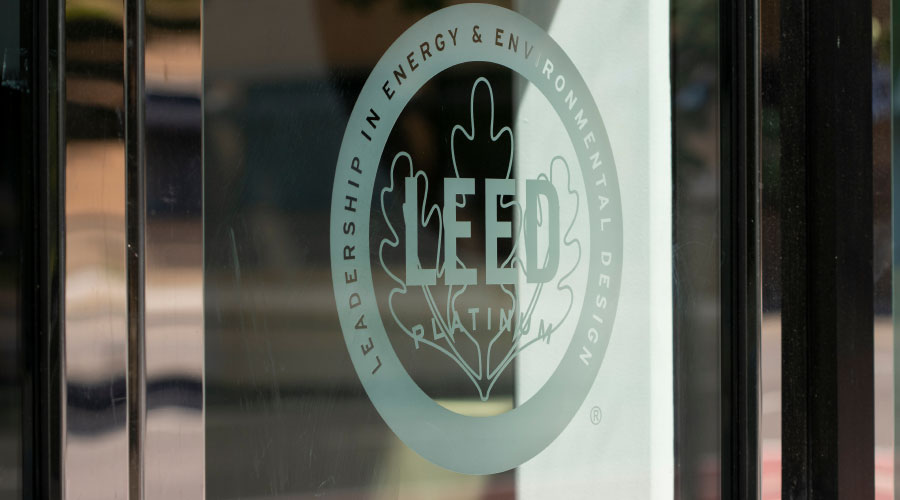USGBC Perspective: the 2015 Green Building Economic Impact Study
Last of a 4-part article from the U.S. Green Building Council
The green construction industry continues to grow, according to the 2015 U.S. Green Building Council Economic Impact Study, conducted by Booz Allen Hamilton, that was released recently. The study shows that by 2018, green construction will account for more than 3.3 million U.S. jobs, more than one-third of the entire U.S. construction sector. That means $190.3 billion in the pockets of skilled U.S. workers in the green building industry by 2018.
The industry’s direct contribution to U.S. Gross Domestic Product (GDP) is also expected to reach $303.5 billion from 2015 to 2018, which means the trajectory of the green building sector of the U.S. construction industry is slated for expansive growth. To date, green building has created millions of jobs and contributed hundreds of billions of dollars to the U.S. economy.
As an industry poised for growth, it is important to point out that green construction not only passes a cost benefit analysis, it often creates positive impacts that ripple beyond the borders of an accounting spreadsheet.
For example, Louisiana recently commemorated 10 years since the devastation of Hurricane Katrina, while simultaneously celebrating its phoenix-like resilience in the process of rebuilding. A significant component of that story comes from green building. In economic terms, USGBC’s study shows that in Louisiana alone, between 2015 and 2018, green construction will support more than 200,000 jobs and contribute more than $17 billion to national GDP.
Louisiana’s green building industry is ushering in not just a new, but also a significantly improved way of life for its neighborhoods. Non-profits like Global Green, Clinton Climate Initiative, and USGBC stepped in soon after the hurricane to help the New Orleans public school system’s 50 completely destroyed campuses build back better and stronger. So far, there are seven LEED-certified schools and 39 in progress. Whole neighborhoods have reimagined their future, illustrated by organizations like Brad Pitt’s Make It Right Foundation, which is rebuilding homes to LEED Platinum certification. Taylor Royal, senior advisor for the Make It Right Foundation, said in a recent interview that green homes in New Orleans save 70 percent a month on energy bills compared to conventional homes in the area. Green buildings are inviting people back to healthier, more efficient, more resilient homes, with the force of an ever-growing green construction industry to support these rebuilt communities.
Beyond Louisiana, USGBC’s Economic Impact report explores the multifaceted economic contributions of both green and LEED construction to all individual U.S. states. It projects significant growth in green building’s direct contribution to GDP to the tune of an estimated $1.3 billion by 2018. As a result, green construction will also contribute to significant savings across energy, trash, water, and maintenance costs. The report estimates that between 2015 and 2018, green construction will generate savings of $2.4 billion in energy, $99.2 million in trash, $256.5 million in water, and $1.5 billion in maintenance. Not surprisingly, LEED green buildings are expected to account for as much as $2.2 billion of the total energy savings (approximately half) projected between 2015 and 2018. With LEED’s current global count of certified square footage over the 5 billion mark and 1.85 million square feet of space being certified every day, it’s clear green construction will continue to grow.
View the entire 2015 U.S. Green Building Council Economic Impact Study at go.usgbc.org/2015-Green-Building-Economic-Impact-Study.html.
Cecilia Shutters is a policy and data communications specialist at USGBC
Related Topics:














